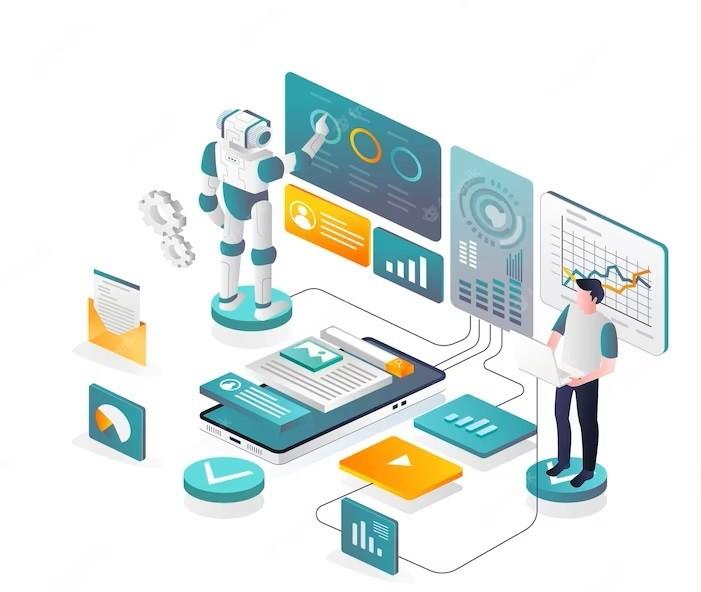AUTOMATION SOFTWARE


“Streamline Your Processes, Maximize Your Profits”
Introduction to Business Automation Solutions: An Overview
• Business automation solutions refer to the use of technology to automate and streamline various processes and tasks within an organization. The goal of business automation is to improve operational efficiency, increase productivity, and reduce costs while allowing employees to focus on more strategic tasks.

• With the help of business automation solutions, organizations can eliminate manual tasks, reduce errors, and ensure compliance with regulations. This, in turn, can lead to increased customer satisfaction, faster decision-making, and improved overall performance.
• Implementing business automation solutions requires careful planning and coordination to ensure that the technology is integrated smoothly into existing processes and workflows. With the right approach and tools, businesses of all sizes can leverage the benefits of automation to improve their operations and achieve long-term success.
KEY BENEFITS OF BUSINESS AUTOMATION SOLUTIONS

Improved Efficiency:
Increased Accuracy:
Cost Savings:
Improved Customer
Experience:
Better Decision-Making:
Competitive Advantage:
Scalability:
TYPES OF BUSINESS AUTOMATION SOLUTIONS
Workflow Automation: Robotic Process
Automation (RPA):

Customer Relationship Management (CRM):
Business Intelligence:

WORKFLOW AUTOMATION: STREAMLINING PROCESSES AND INCREASING EFFICIENCY

Workflow automation is a type of business automation Software that involves streamlining and optimizing the steps involved in a particular business process. By automating the steps of a workflow, businesses can increase efficiency, reduce errors, and improve overall performance.
Here are some of the benefits of workflow automation:

Reducing Errors:
Faster Processing:
Consistency:
Improved Visibility:
Scalability:
CHALLENGES AND OPPORTUNITIES IN IMPLEMENTING BUSINESS AUTOMATION
Implementing business automation solutions can offer many benefits to organizations, such as increased efficiency, improved accuracy, and reduced costs. However, there are also several challenges and opportunities that businesses may face when implementing these solutions. Here are some of the main ones:
Challenges:
Resistance to Change:
Integration with Existing Systems:
Data Security:

Cost:
Opportunities:
Improved Efficiency:
Cost Savings:
Better Decision-Making:
Enhanced Customer Experience:
Competitive Advantage:



